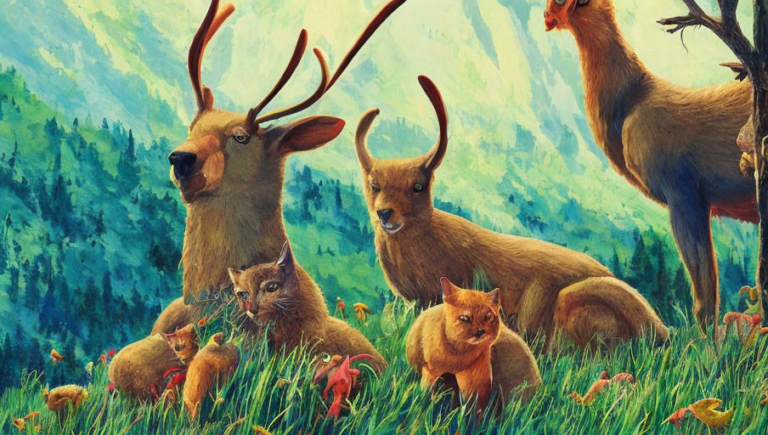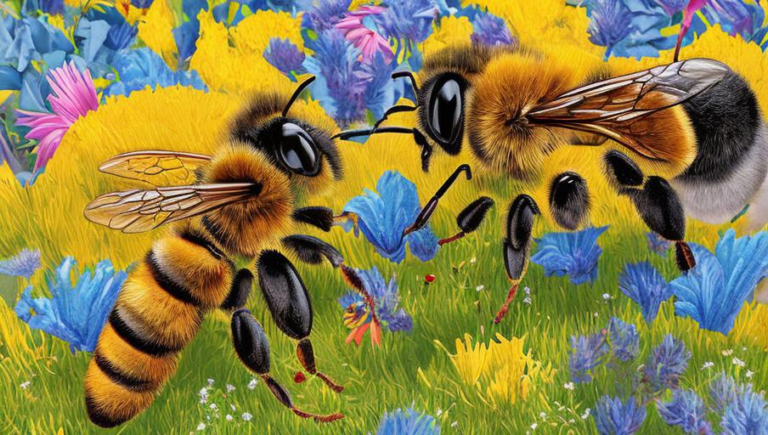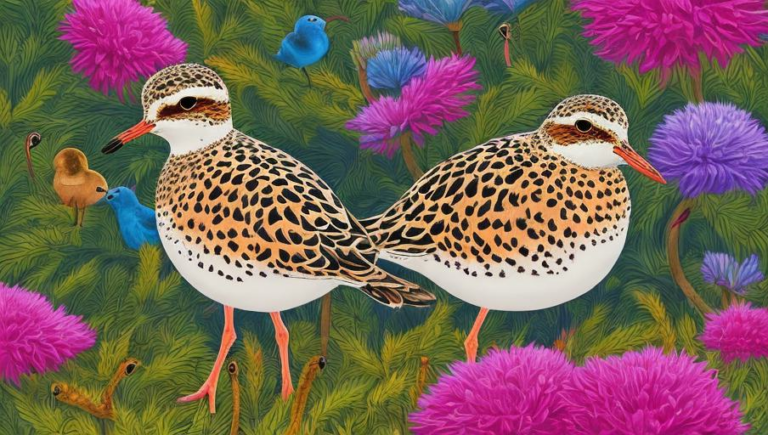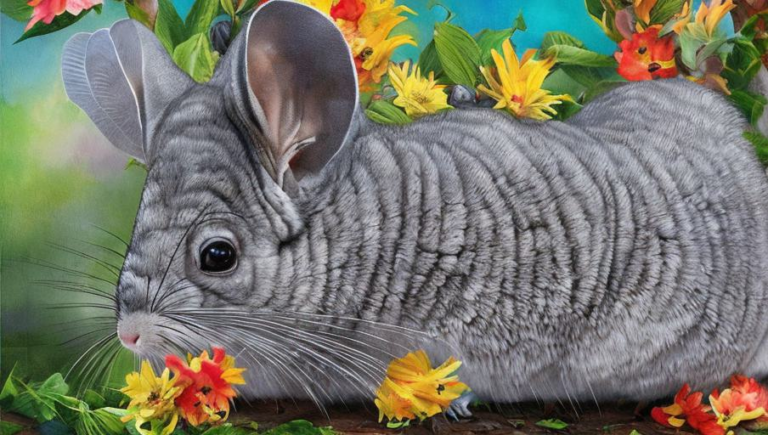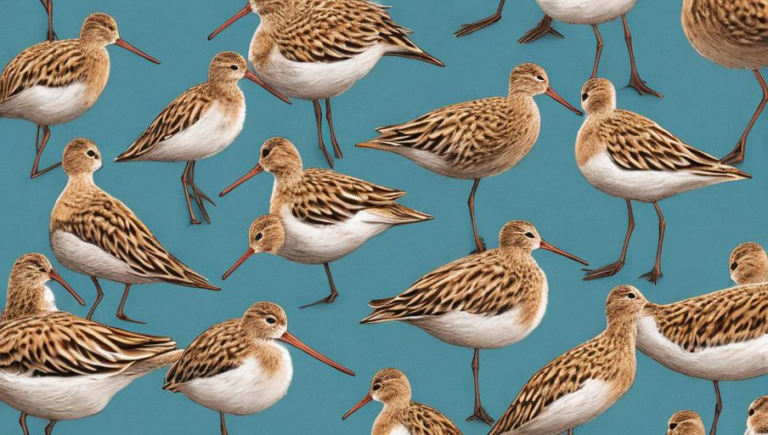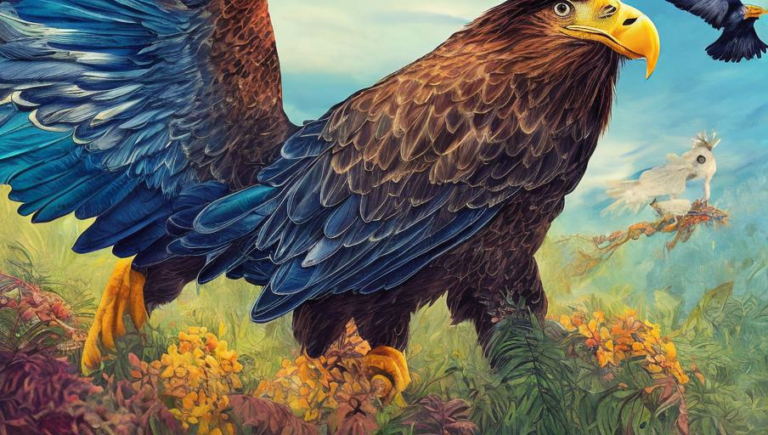The Fascinating Lifespan of the Albatross
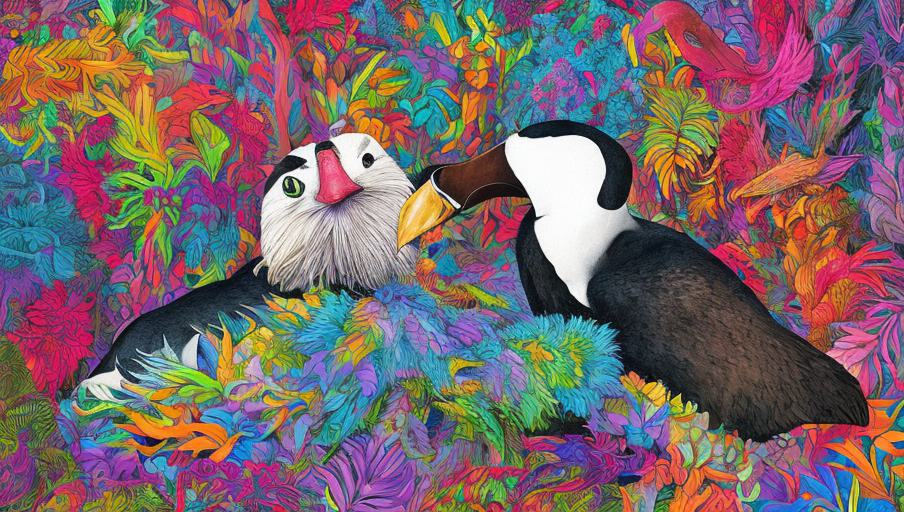
The Fascinating Lifespan of the Albatross
The albatross is a large, majestic seabird that can be found in the southern oceans. Albatrosses have a unique and remarkable lifespan. They can live for up to 60 years in the wild, making them one of the longest-living seabirds. The average life expectancy for an albatross is around 40 years, with some reaching the ripe old age of 80 years.
Adaptations to the Long Lifespan
Albatrosses have made several adaptations to their long lives. For example, they typically breed at a much later age than other birds, usually between the ages of 10 to 20 years old. This allows them to mature and gain experience prior to mating and raising a family. Additionally, they have also developed a slower metabolism and can go long periods of time without needing to refuel. This allows them to travel huge distances in search of food and mates.
Worldwide Distribution
There are around 22 species of albatross, and they can be found on every continent except Antarctica. They are known for their impressive wingspan, which can range from 8 to 11 feet across. Albatrosses are found in a variety of habitats, including open ocean, coastal areas, and islands. They feed on fish, squid, and krill, and use their long wings and webbed feet to glide above the waves in search of food.
Threats to the Albatross
Unfortunately, albatross populations are under threat due to human activities. Longline fishing, plastic pollution, and oil spills are all threats to the albatross. Additionally, climate change is causing sea level rise, which is leading to the loss of nesting and feeding grounds for albatrosses. Conservation efforts are underway to protect the albatross and its habitat.
The Majesty of the Albatross
The albatross is a beautiful bird with a lifespan unlike any other. Its impressive wingspan and graceful flight make it a sight to behold. Additionally, its long lifespan gives it a sense of majesty and mystery, as it is capable of living up to 80 years. The albatross is an important part of our planet’s ecosystem, and it is essential that we take steps to protect it and its habitat.
